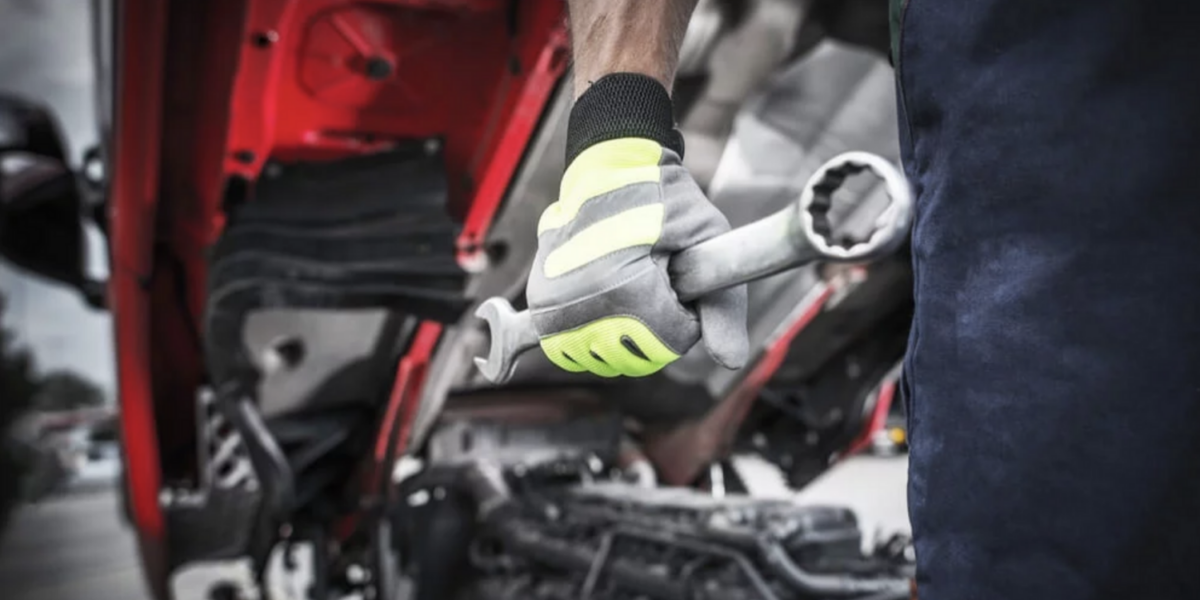Whether you’re managing a handful of cars and trucks or an entire fleet of diverse vehicles, the success or failure of your maintenance program (and therefore your budget) is dependent on the little details. If they aren’t already, these 10 tips you should remember in fleet management.
Essential Fleet Maintenance Tips
- Eliminate paper work orders. One of the most important fleet maintenance tip is eliminating paper work orders, Once the number of vehicles being managed extends beyond a handful, the maintenance scheduling can quickly become a full-time job in and of itself. If you’re using a fleet maintenance software that is still largely paper-based in the field, you’re not getting the full tracking ability to keep things on schedule and analyze patterns to correct preventive maintenance plans. A fully automated system lets you track every aspect of fleet management, inventory and budget under one dashboard. Continue reading “Fleet Maintenance Tips to Keep Your Fleet on the Road”
